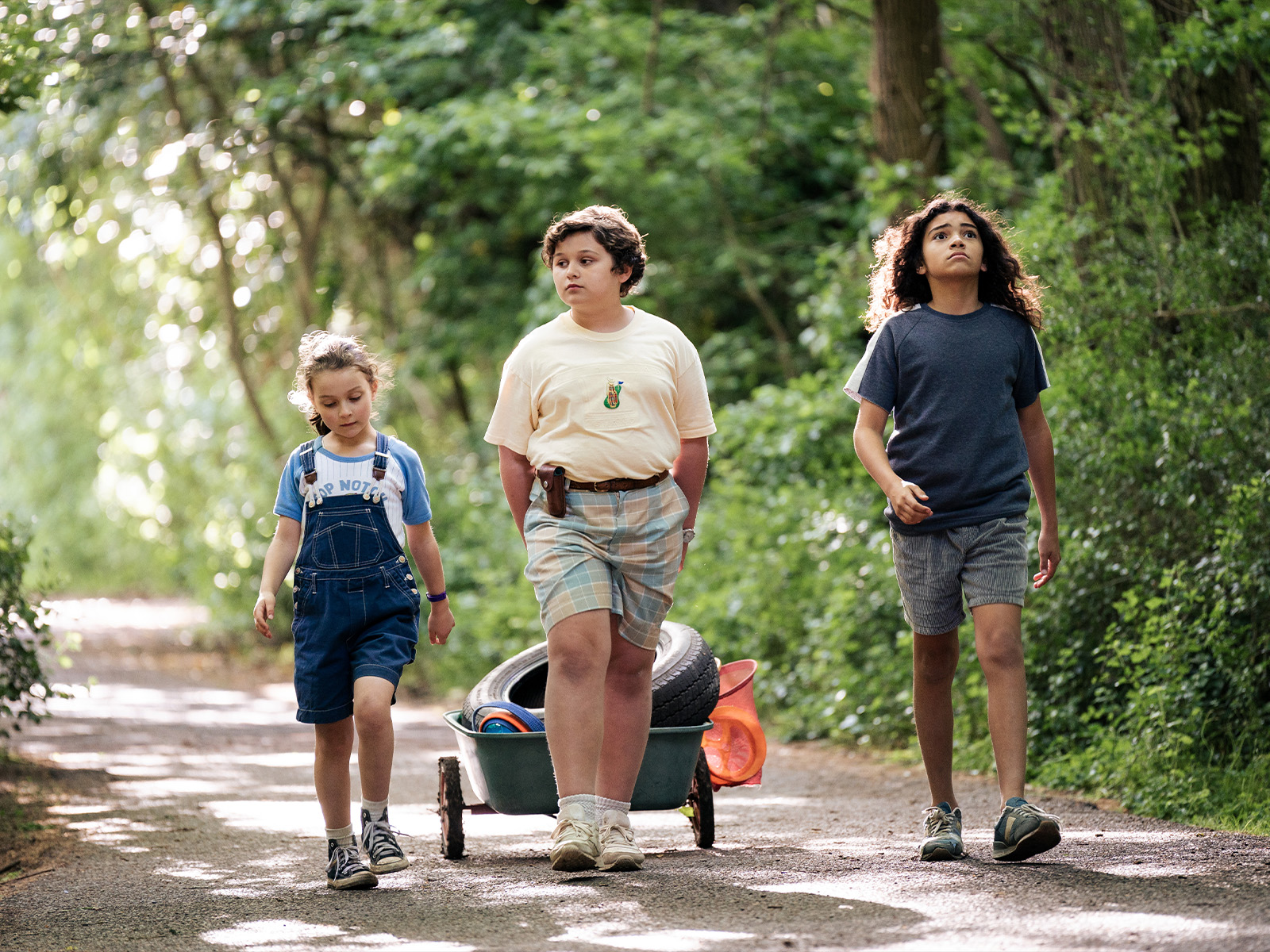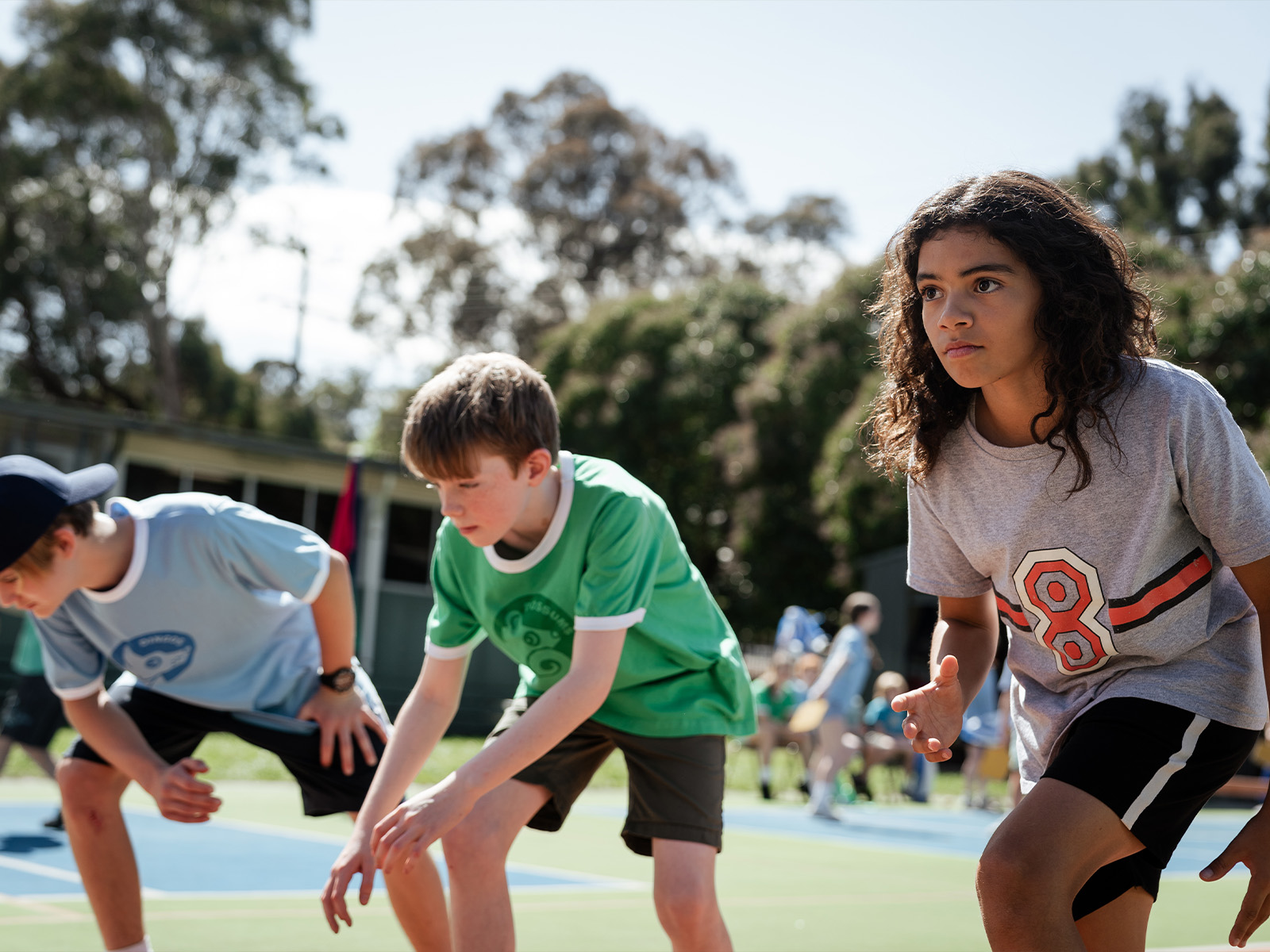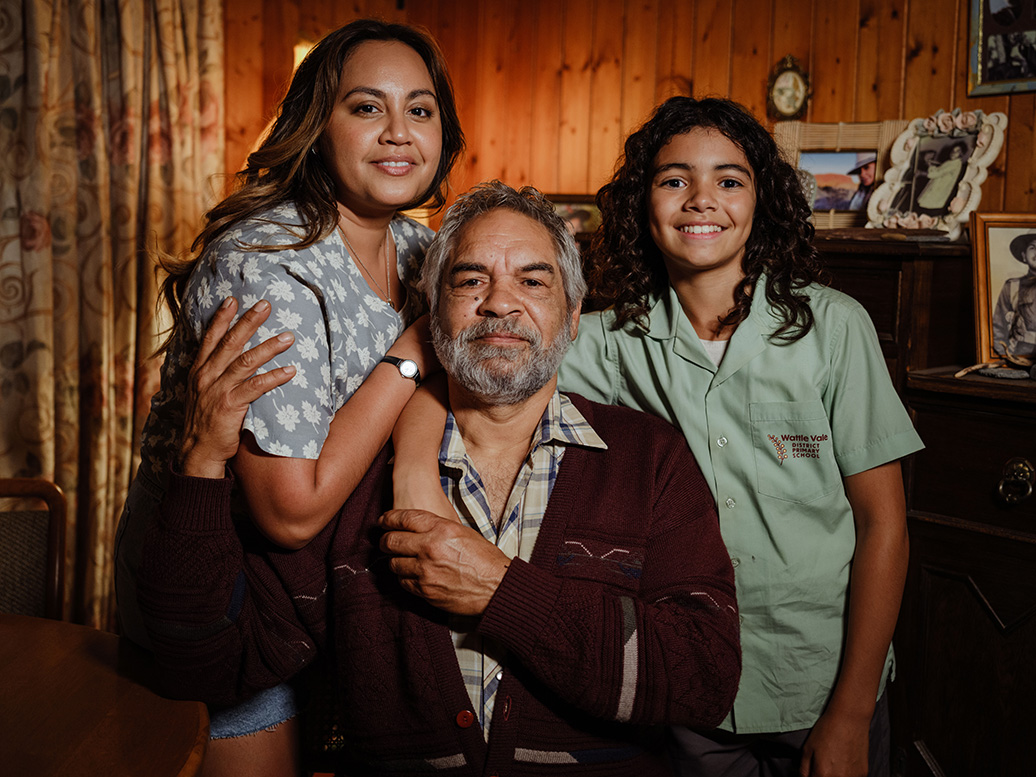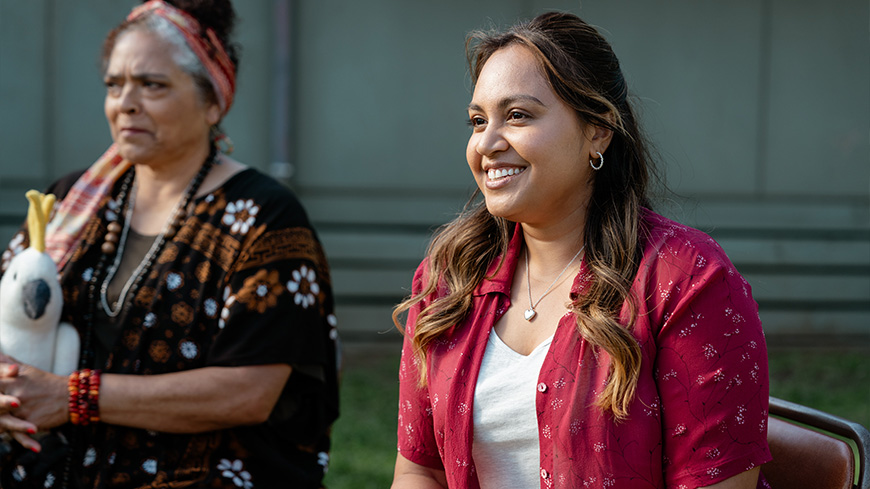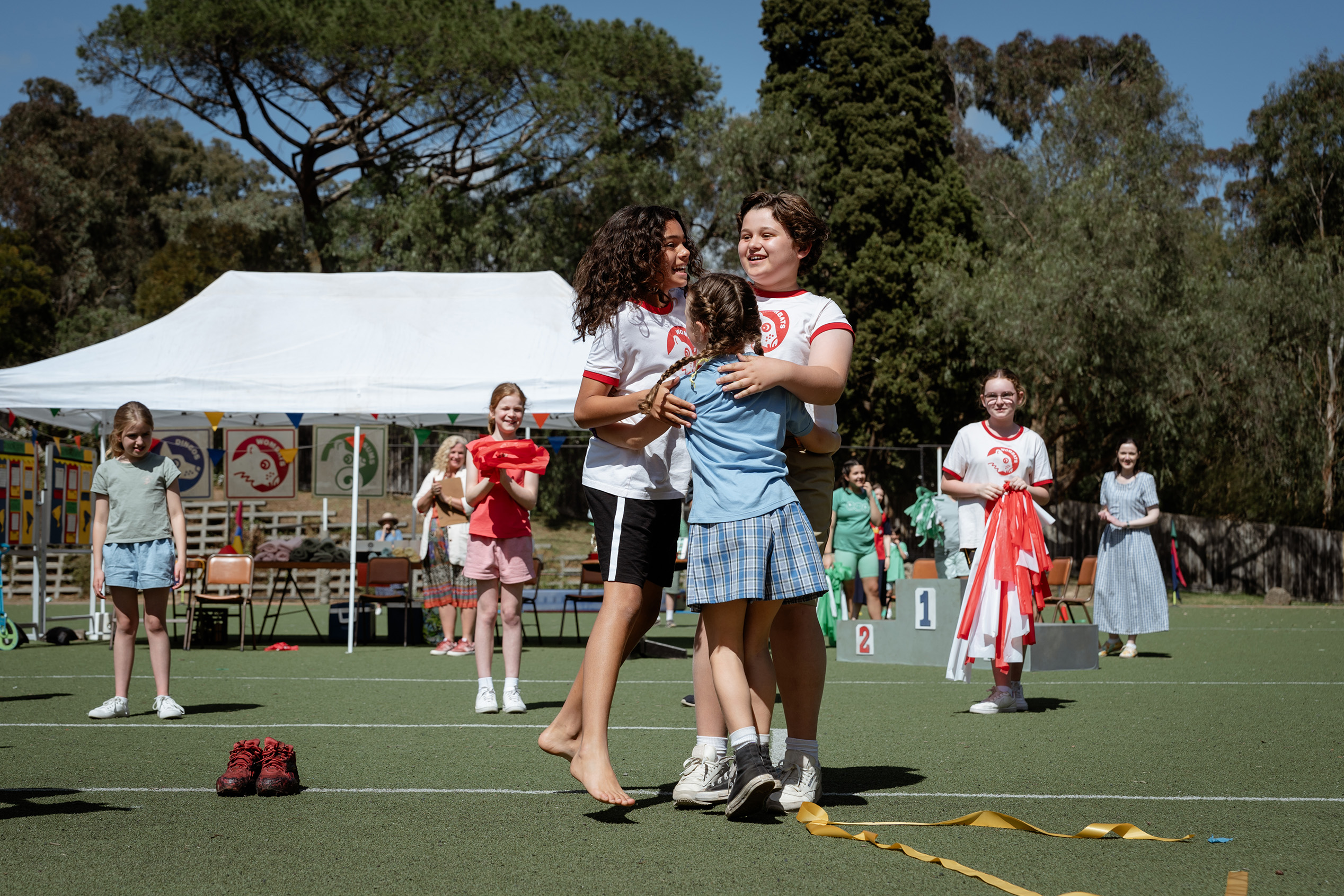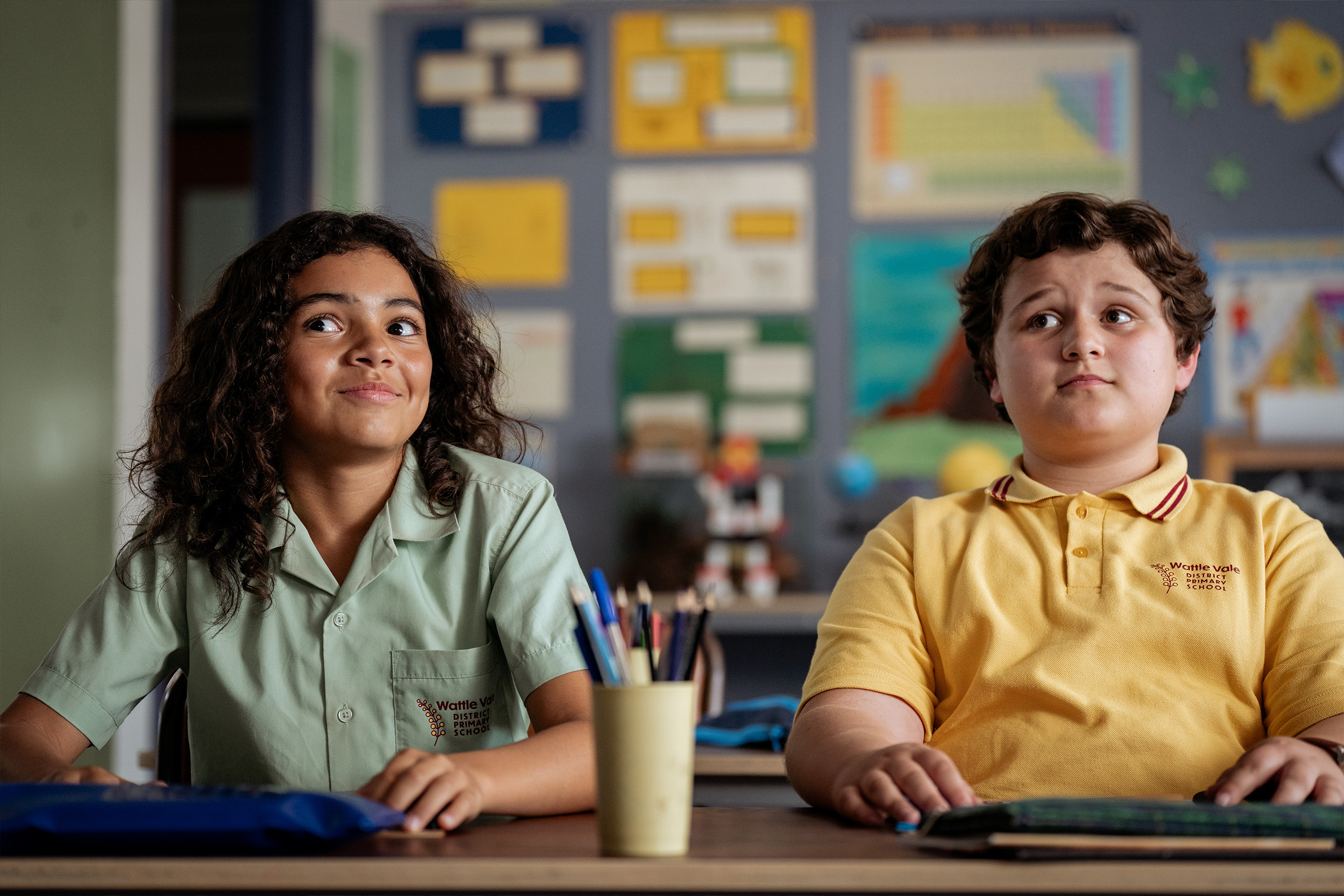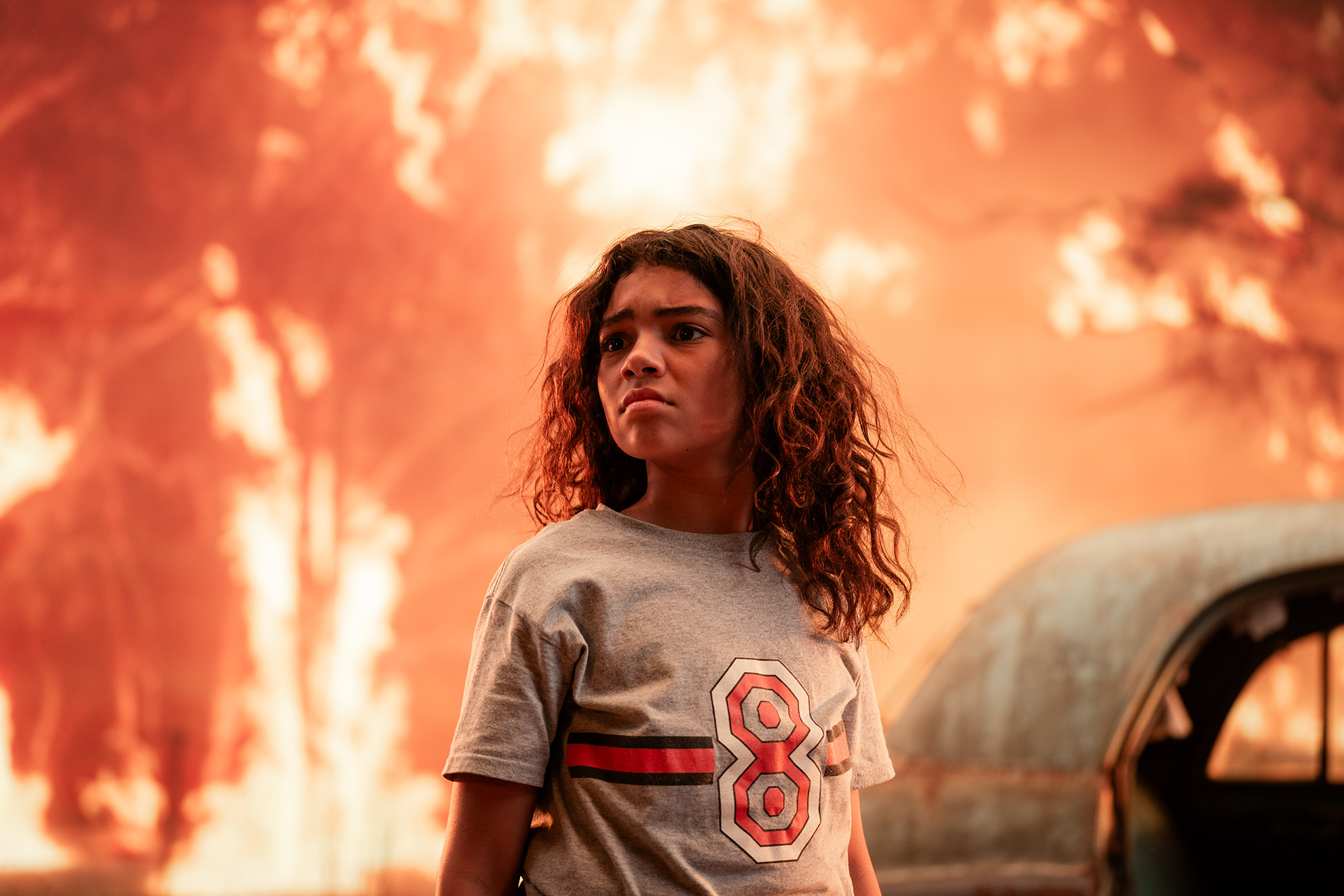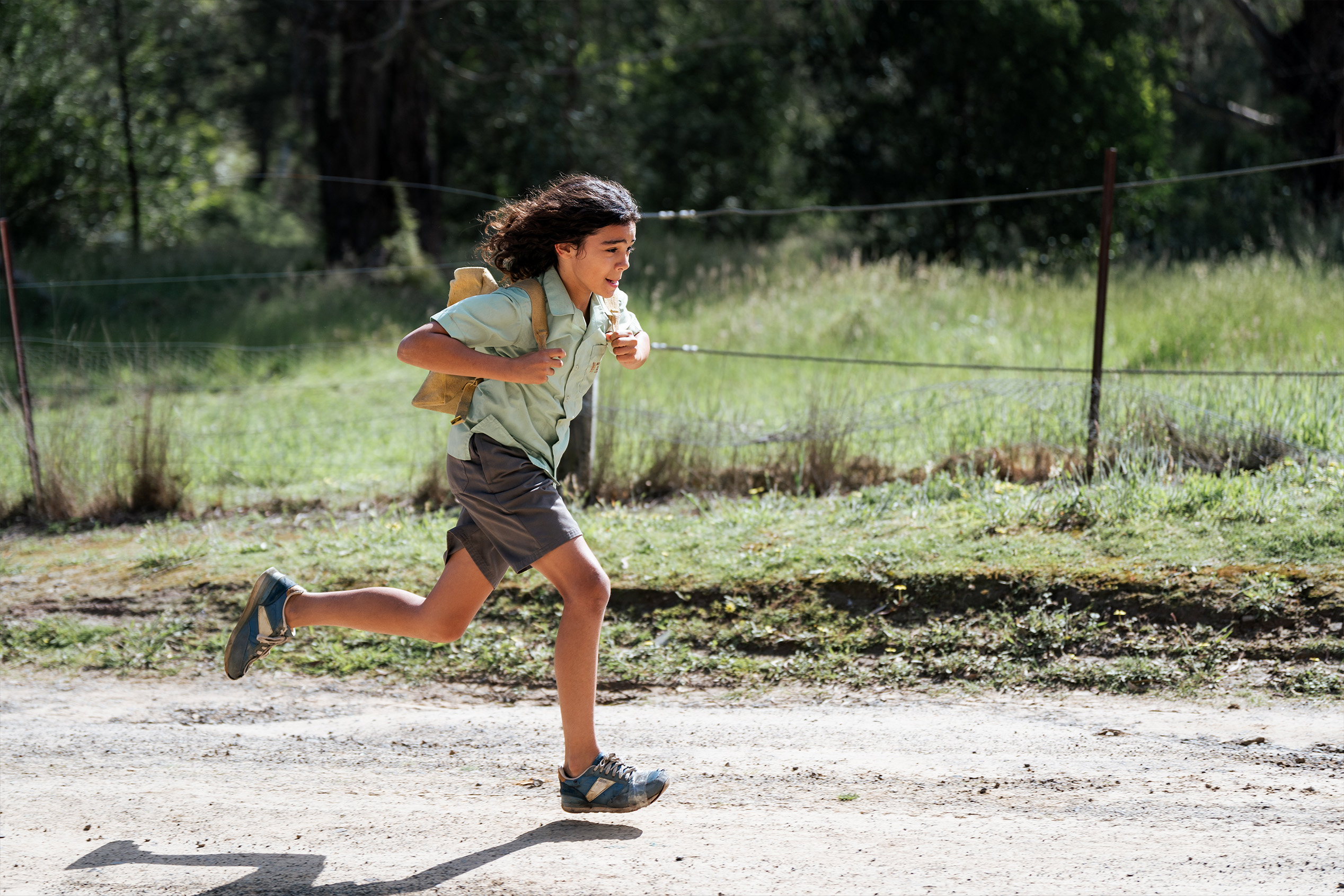In Windcatcher, ten-year-old Percy Boy Collins and his eclectic crew of friends outsmart a gang of bullies to triumph at their school's athletics carnival, emerging as heroes of their own epic adventure.
Developed for Years 5 to 8, this resource provides sequenced learning tasks suitable for a whole-class film study. Alternatively, teachers can select individual tasks to complement and extend a class or cohort film screening. These English tasks build students’ knowledge of viewing processes, including planning, monitoring, reflecting and reviewing. Behind-the-scenes materials and promotional materials are incorporated for student engagement and understanding.
An additional learning task and worksheet for Windcatcher can be found on the 2024 NAIDOC Resource Page, Keep the Fire Burning! Blak, oud and Proud.
Child Safety
Teachers should be aware that Windcatcher depicts childhood experiences of grief, with the loss of immediate family members and subsequent sorry business. First Nations protagonist Percy Boy Collins (aka ‘Windcatcher’) is represented living under the kinship of his loving family.
The story references catastrophic bushfires, including an escape scene and dangerous bushfire emergency sequence.
The antagonists in the story are a group of bullies called ‘The Wolf Pack’. These boys intimidate and ridicule others, including a derogatory comment about a student’s body.
Windcatcher may stir up memories and trigger emotions for some students. Teachers are encouraged to watch the film and explore the resource before sharing it with their class.
If aspects of the Windcatcher film or resource raise issues for your students, Kids Helpline’s qualified counsellors are available via WebChat, phone, or email. Kids Helpline is Australia’s only free (even from a mobile phone), confidential 24/7 online and phone counselling service for young people aged 5 to 25. Visit kidshelpline.com.au or call 1800 55 1800.
Watch
Windcatcher is currently streaming exclusively on STAN. The film can also be purchased as a digital download for education use from the ACTF Shop.
Feedback
The ACTF would like to understand how teachers use our classroom resources. We welcome feedback from teachers who have delivered and adapted our resources. Please reach out to education@actf.com.au with questions, comments and suggestions.
